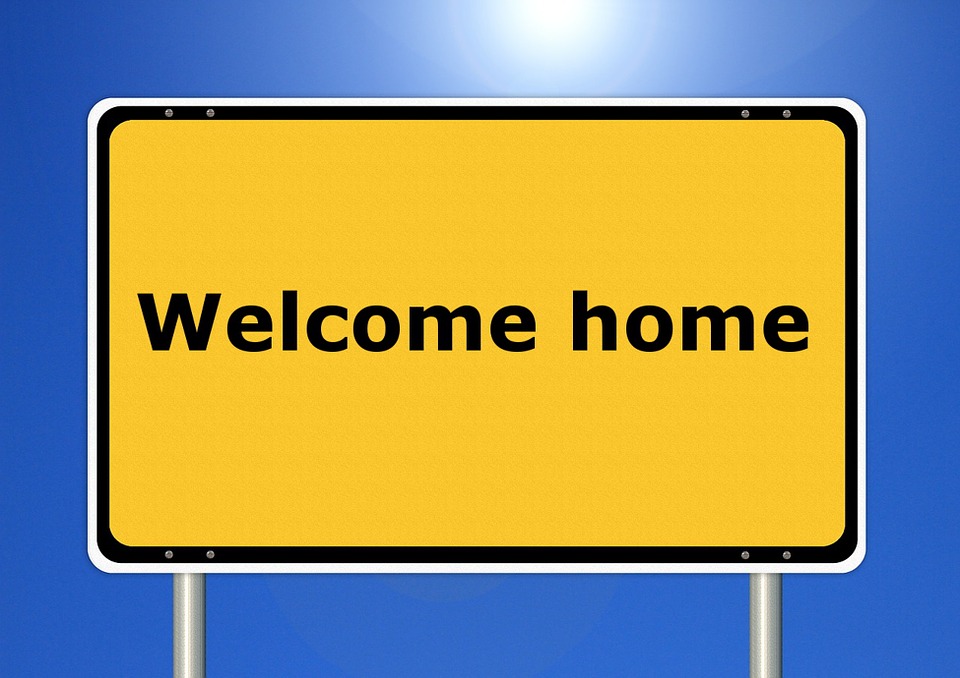Embracing Difference and Imagination in Welcoming Refugees
As a Canadian, it is not uncommon for at least one of your parents, grandparents, or perhaps even you yourself to have not been born here. That is because Canada, as a settler nation, has a long history of accepting immigrants and refugees into the country and propelling them towards citizenship. In fact, the Canadian government has a yearly quota of immigrants it aims to allow into the country and has a pool of dedicated lawyers to the immigration process. This is because Canada’s economy, along with its population growth, relies on bringing people in and granting newcomers citizenship. In this way, our country’s approach to immigration is unique.
Some European countries, along with the United States, have at times criticized Canada’s willingness to allow newcomers permanent residency and citizenship. However, what they do not recognize is Canada has a history of welcoming those seeking a new home and embracing difference. Unlike many European countries, Canada’s population is by no means homogeneous; and though the country’s history is not perfect, multiple identities are often embraced by Canadians and Canadian society.
With the government opening up Canada’s borders to Syrian refugees, both politicians and citizens alike recognize that these newcomers are on the path to full citizenship. Recently, the government has announced bill C-6 that will be coming into effect, appropriately, on July 1st, making it easier for residents to acquire citizenship in the country. The Liberal government has been working hard to reverse the harmful effects of the Conservatives’ controversial bill C-24, and are also providing exemplary leadership in the international effort to support the current Syrian refugee crisis both nationally and internationally.
While many Canadians support our government’s efforts to embrace these newcomers, many still do not recognize the history of our welcoming society. When explorers landed in Canada, they were welcomed by Indigenous populations. Without the help of these established peoples and their philosophy of embracing complexity and multiple identities, European explorers would have had no chance of success navigating this foreign place, especially with harsh winters and weather experienced in the more Northern regions of the land. We are aware that this partnership between explorers and Natives was betrayed by the newcomers; however, the government is increasingly recognizing the importance of honouring settler Canadians’ relationship with its First Nations. As a society, we are shifting to a point of understanding and repairing this complex relationship.
Countries that are critical of Canada’s approach to newcomers may simply lack imagination. Given our history as a nation of settlers, it is natural that the country has an established process dedicated to welcoming immigrants and propelling them along the path to citizenship. What is so unique about Canada and its approach is a population that is made up of various identities and a society that is generally comfortable with contradicting viewpoints. Again, Canada is not perfect; but, by honouring the practice of receiving foreigners that was established long ago by Indigenous people, Canada is establishing itself as a leader in its approach to immigration.
Share this article
Arghavan Gerami
Arghavan Gerami is the Founder and Senior Counsel at Gerami Law Professional Corporation ('PC'), a full-service immigration law firm in Ottawa, Ontario. Since 2011, Ms. Gerami has focused her practice on immigration and refugee litigation. Prior to that, Ms. Gerami worked at the Ministry of Attorney General and the Department of Justice and had the privilege of serving the Honourable Mr. Justice M. Evans at the Federal Court of Appeal on immigration and administrative law appeals. Ms. Gerami contributes to the Immigration Law Section of the Canadian Bar Association, the Canadian Association of Refugee Lawyers, and the United Nations High Commissioner for Refugees. Ms. Gerami has also published numerous journal articles and presented at various immigration and refugee law conferences and events across Canada.

